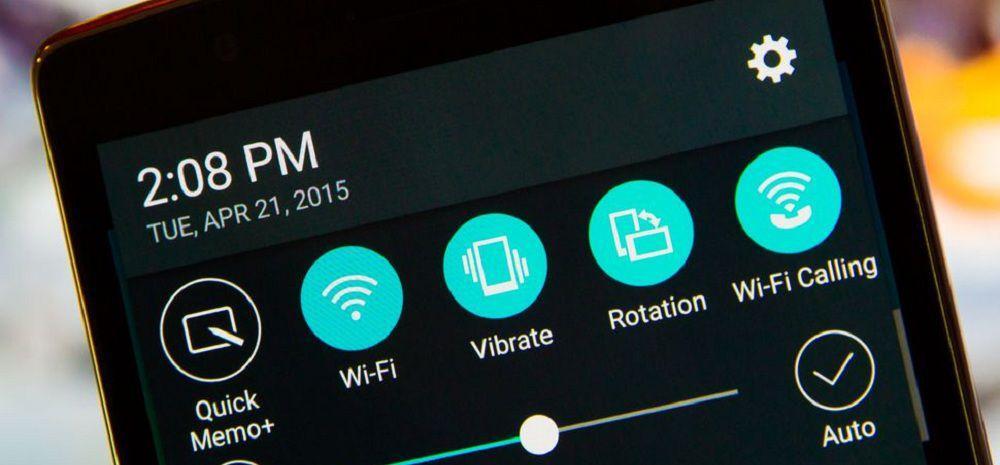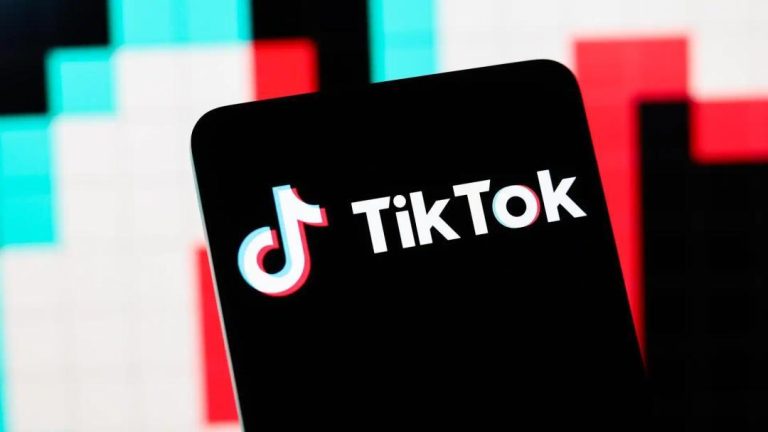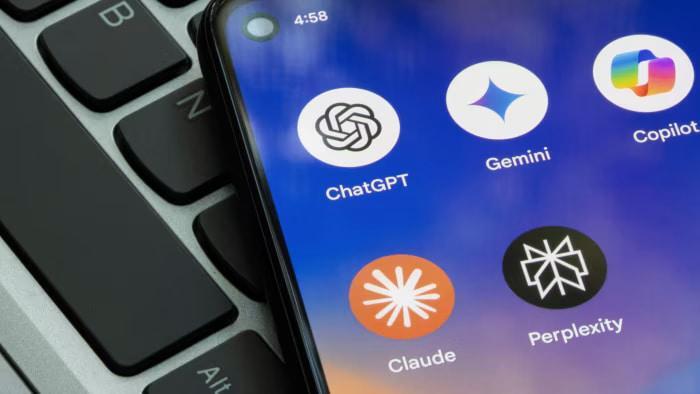
Reliance Jio Wants to Use 5G for WiFi Connectivity: A Game-Changer in Spectrum Usage
In a move that is expected to revolutionize the way we use the internet, Reliance Jio has sought approval from the Department of Telecommunications (DoT) to use the 26 GHz 5G spectrum for WiFi connectivity. This hybrid approach combines the wide coverage of 5 GHz with the high speeds of 26 GHz, marking a significant shift in spectrum usage. If approved, this move could have far-reaching implications for the Indian telecom industry, and it may not be long before Bharti Airtel follows suit.
Jio’s proposal to use 26 GHz 5G spectrum for WiFi connectivity is a departure from the traditional approach of using different frequencies for different services. Typically, 5 GHz is used for WiFi and 4G, while 5G networks operate on a different frequency band, usually above 24 GHz. However, Jio’s innovative approach seeks to combine the two, using the 26 GHz band to provide high-speed internet access while leveraging the 5 GHz band for wider coverage.
The 26 GHz band is still a relatively new and maturing frequency band globally, but it offers several advantages. For one, it is less crowded than other frequency bands, which means less interference and improved network performance. Additionally, the 26 GHz band is known for its high-speed capabilities, making it an attractive option for data-heavy applications like video streaming and online gaming.
Jio’s decision to invest in the 26 GHz band is a significant one, considering the company paid a whopping ₹6,990 crore for a whopping 22,000 MHz of spectrum in this band. The company’s investment in this band is a testament to its commitment to providing high-speed internet access to its customers and its willingness to experiment with new and innovative technologies.
If Jio’s proposal is approved, it could have significant implications for the Indian telecom industry. For one, it could lead to faster and more widespread adoption of 5G technology, which is expected to revolutionize the way we use the internet. Additionally, it could lead to increased competition in the market, as other telecom operators may be forced to follow suit and invest in the 26 GHz band.
Bharti Airtel, India’s largest telecom operator, is likely to be keeping a close eye on Jio’s proposal. The company has invested heavily in its 4G network and has been slow to adopt 5G technology. However, if Jio’s proposal is approved, Airtel may be forced to rethink its strategy and invest in the 26 GHz band to remain competitive.
The benefits of using the 26 GHz band for WiFi connectivity are numerous. For one, it offers high-speed internet access, which is essential for data-heavy applications like video streaming and online gaming. Additionally, the 26 GHz band is less crowded than other frequency bands, which means less interference and improved network performance.
Furthermore, the 26 GHz band offers several advantages over traditional WiFi frequencies. For one, it is less prone to interference from other devices, which means improved network performance and reliability. Additionally, the 26 GHz band is more secure than traditional WiFi frequencies, making it an attractive option for businesses and individuals who require high levels of security.
In conclusion, Reliance Jio’s proposal to use the 26 GHz 5G spectrum for WiFi connectivity is a game-changer in spectrum usage. The hybrid approach combines the wide coverage of 5 GHz with the high speeds of 26 GHz, offering a unique solution for customers who require high-speed internet access. If approved, this move could have significant implications for the Indian telecom industry, leading to increased competition and faster adoption of 5G technology.
Source: https://trak.in/stories/reliance-jio-wants-to-use-5g-for-wifi-connectivity/






